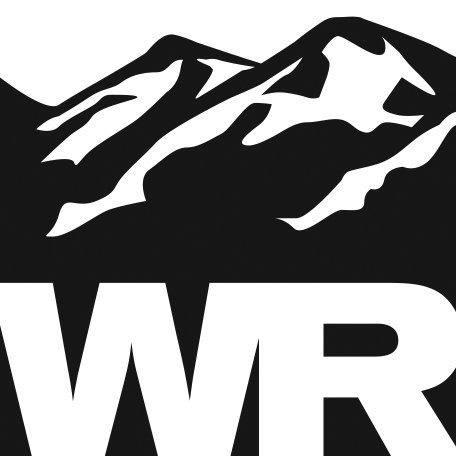Tyler Houck
Wallowa Resources is excited to bring you the latest edition of the Stewardship Series, a selection of posts that celebrate the diverse land stewards in the region, their work, their values, and their deep connection to this place. Our goal is to offer these land stewards a platform to tell their story in their very own voice, with wishes to inspire reflection on our personal connections to place and our human role in this precious landscape. In this installment, we traveled to the Zumwalt Prairie after the first November snowfall to visit Tyler Houck in his scouting for elk & work with The Nature Conservancy.
"One of the most unique landscapes in Oregon, The Zumwalt Prairie, is where I work as a hunting guide and a representative of a philosophy that combines both the hunting and conservation worlds. My belief is that a focus on conservation is the future of hunting. Acting as a link between these two viewpoints allows me to find common ground and remind each side that our goals align in many ways. I see my job as helping my clients to understand the role that game management has in preserving the habitat of this distinctive place. I am involved in three linked programs: the guided raffle hunts, the cow elk hunts, and the shed antler program."
“My guided raffle hunts are focused around connection with the landscape, presenting a whole system experience rather than simply a beautiful backdrop in which deer and elk are found and hunted. The native Bunchgrass found on the prairie provides excellent habitat for wildlife; the preservation of it is vital for the hunting program to exist, not just as excellent forage for ungulates but also as a nesting habitat for insects, birds, and rodents. Bunchgrass is a more reliable, higher quality food than cheatgrass and other invasives.”
“Six tags are awarded in the raffle hunts (two bucks and four bull elk), and these tags are given to local non-profit organizations to auction/raffle at their discretion to generate funds to aid in their missions. The winner of those tags is taken on a 3-day guided hunt in the largest remaining grassland habitat of its type for deer and elk in North America, hence a designation of 4,400 acres of the prairie as a Natural National Landmark. To date, the tags have raised nearly $1,000,000 for charities and non-profits.”
“The Zumwalt cow elk hunts that run from late summer to mid-January allow an opportunity for the public to hunt and harvest wild game. As an added benefit to the prairie, these hunts keep elk on the move helping to mitigate overgrazing from large stationary herds.”
“My role during these hunts is not to act as a guide but to make sure all wildlife and property regulations are being followed while helping locate and retrieve all usable parts of downed animals. The community relationships we foster can be difficult to calculate in value, but I believe the connections are worth every bit of time and effort.”
“Lastly, the shed antler program involves anti-poaching and trespassing patrols on the preserve. These are most important in the late winter and early spring when the male deer and elk are shedding last year's antlers and beginning to grow new ones. At this time, they are particularly vulnerable to harassment and most in need of protection.”
“In mid-spring, when forage has become abundant and the danger has passed, a volunteer antler hunt is coordinated with a local youth group. The antlers found are sold to an antler buyer then the funds generated are used to further the mission of these community youth groups.”
"I feel incredibly lucky to be a part of the most positive aspects of the hunting and conservation world through the work I do. I am grateful to the private landowners I work with and the land itself for providing me a chance to be able to make a difference by doing something I believe in and love."





